(Public comments open on all RCI stories- scroll to very bottom to read or post comments)
Wolves are top predators and their place in an ecosystem is important to keep things in balance.
The animals however have had a troubled co-existence in the Rocky Mountain National parks area in and around the resort town of Banff Alberta.
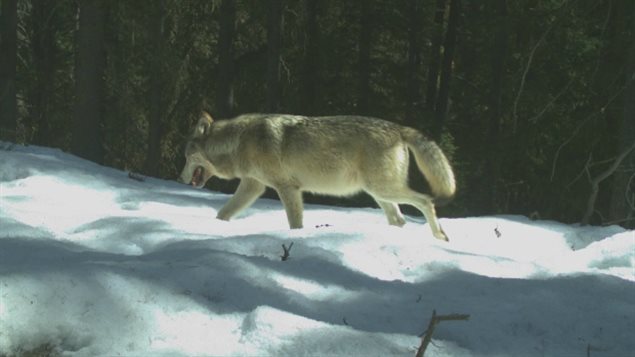
The park was created in 1885, and by the 1920’s the wolves in the region had been all but eliminated, and gone by the 1950’s. It was only with the resurgence of understanding nature’s balance that indiscriminate hunting, trapping and poisoning stopped and the wolves began to return in the 1980’s.
Now the threat is mostly from cars, trains, and more and more people and ever increasing development pushing in to their habitat.
Quoted in the Calgary Herald one expert cited the decades of development in the park for the difficulties facing the wide-ranging wolves. Paul Paquet, adjunct professor at the University of Victoria oversaw the most extensive wolf research project in North America in the late 1980s and who is a senior scientist with Raincoast Conservation. He says, “The sad story is that it’s a legacy of decisions that have been made over the years that favoured development over wolves. It’s undeniable. It’s not a criticism of the decisions — or the people who made them — it’s just a fact”.
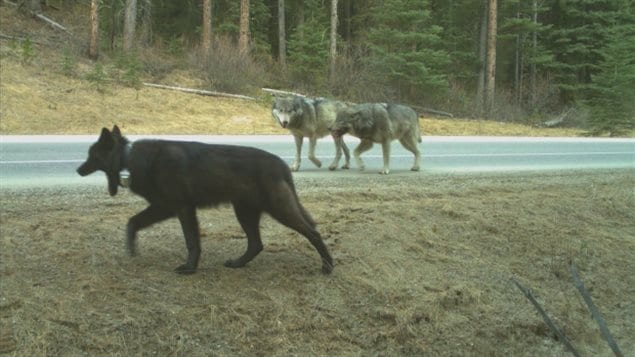
The “Bow Valley Pack” in the park once numbered as high as nine members, but this year four pups were killed on the railway in two separate incidents. The alpha female had become habituated to humans and garbage and food in the campgrounds. Park officials had to kill her in 2016 to prevent her passing the habit on to pups, although another habituated wolf was also killed that year.
Wolves have a huge range of up to 2,500 sq/km and one of the remaining members wandered into neighbouring British Columbia where it was shot.
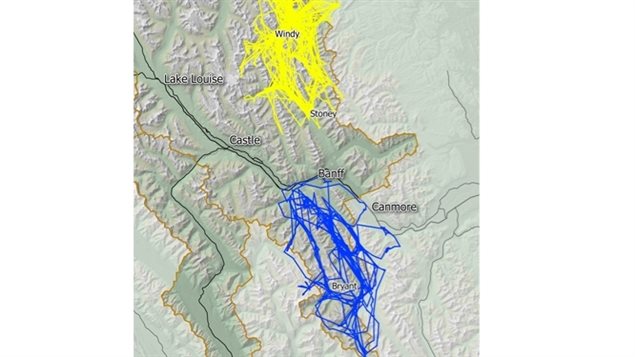
By this year, only two were left, the alpha male and a daughter. The male moved out to join another pack known as the Spray Valley pack, while the female may have joined another male but hasn’t been seen. Both have tracking collars, but the female has an older VHF model that can only be detected by scanners on the ground making it harder to locate her.
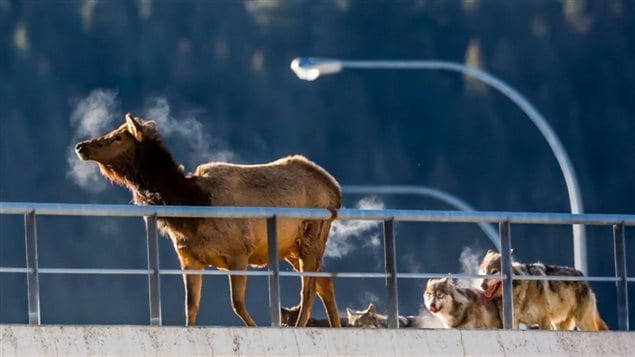
Officials say it’s important for wolves to return to prevent overpopulations of the elk, deer, moose, mountain goats, and big horn sheep. Too many animals will deplete their own food resource leading to hardship in those populations.
Officials say other wolves will likely move into the void left by the disappearance of this latest pack.
At least one official says if and when another mating pair or group move in, they’ll have to contend with the variety of human activity tha has proven so difficult even deadly for other wolves in the park in the past.
Additional information-sources
- CBC: R Fletcher: Jul 4/16: 3 wolves killed on Banff railway
- CBC: D McGArvey: Dec 20.17: wolves could return
- Calgary Herald: M Jarvie: Apr 22/17: legacy decisions-decimation of pack
- Grind TV (yahoo) D Strege: Dec 12/16: wolves scare employee
- Rocky Mountain Outlook: C Ellis: Nov 23/17: new pack may form
- Yukon to Yellowstone Initiative

A map showing the movements of a female wolf from the Panther-Cascade pack in yellow and a male wolf from the Spray pack in blue, each about 1,000 sq/km of range. The Banff resort town is the centre of the map. © Parks Canada illustration via RMO
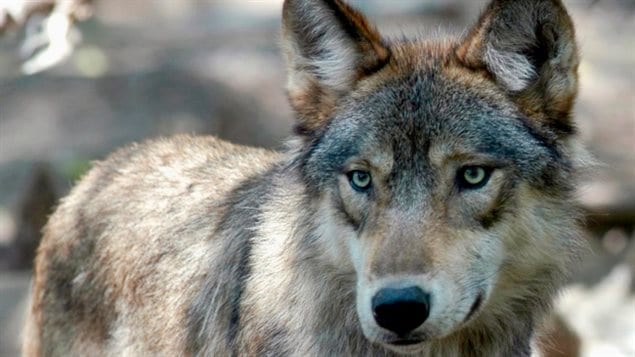






For reasons beyond our control, and for an undetermined period of time, our comment section is now closed. However, our social networks remain open to your contributions.